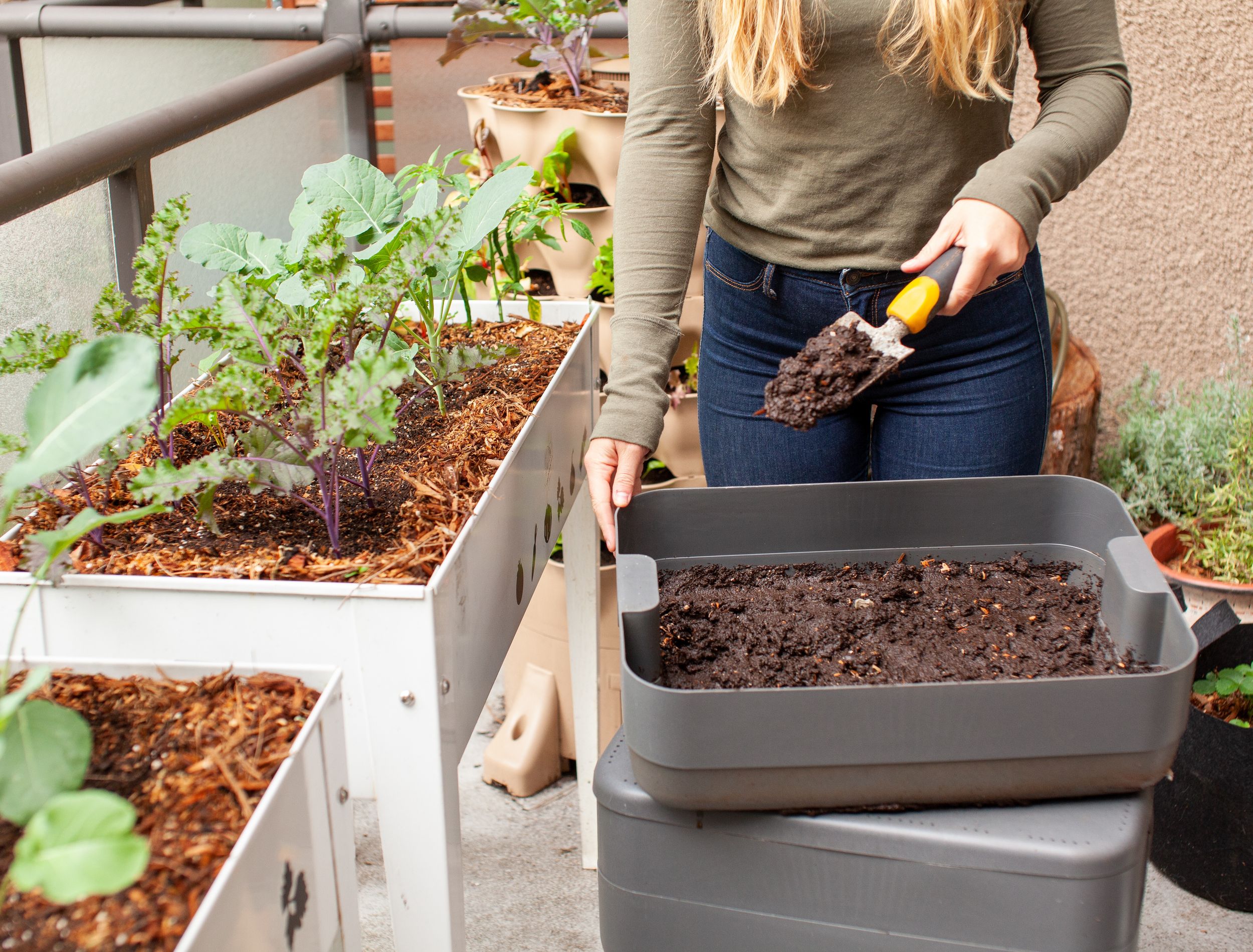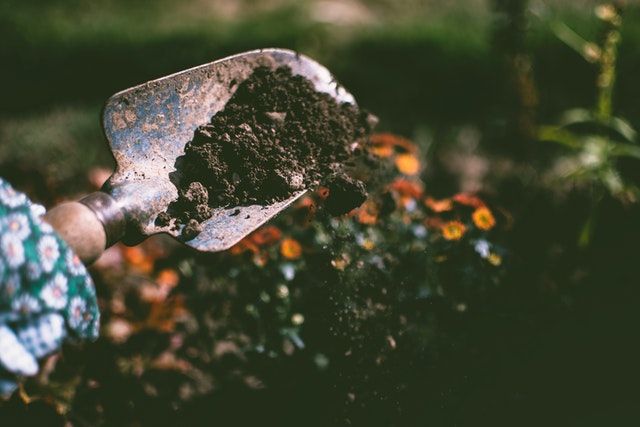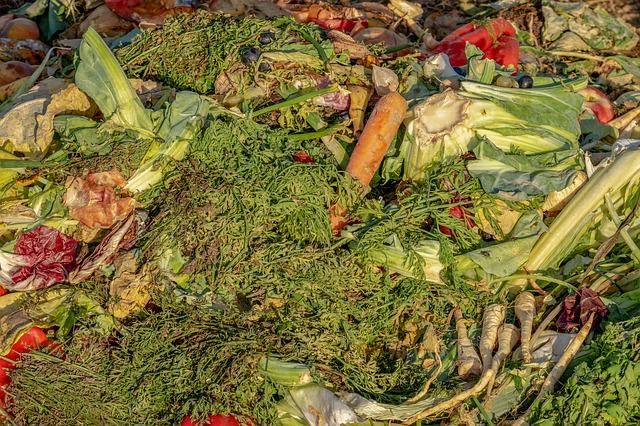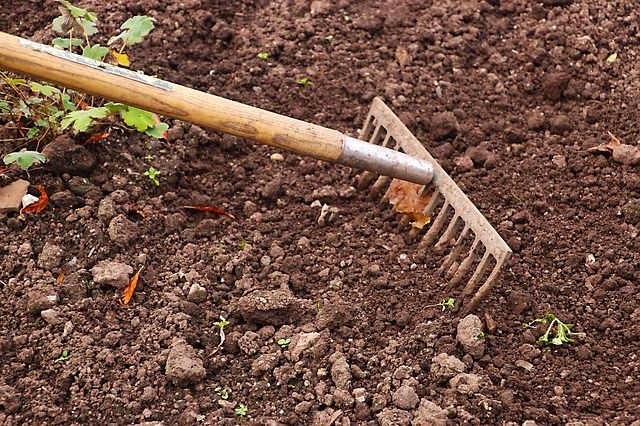You may think of your soil as either sandy, silty, or clay-like. However, these descriptions don't even cover the complex ecosystem found within productive soil. It is a combination of minerals, nutrients, organic material, microbes, and organisms that team up to grow prosperous plants.
Great soil is defined by two qualities: fertility and texture. Fertility depends on the PH level and the essential nutrients found within the soil. The texture is determined by the soil particle size and the ability of water and oxygen to move throughout.
You can improve the fertility and texture of your soil by adding soil amendments or fertilizers to supply nutrients.
Best Soil Nutrients
Image Credits: Lisa Fotios via Pexels
The easiest way to determine your soil's nutritional composition is by doing a soil test. The six most common nutrients found within fertile soil are:
1. Nitrogen
Plants use nitrate, a form of nitrogen, for leaf development to make their foliage strong. Nitrogen aids in chlorophyll production and has an impact on the green color of a plant.
2. Phosphorus
Phosphorus transfers the energy from sunlight to plants, assisting with root and flower growth. Plants use phosphorus to cope with difficult winters and other environmental stresses.
3. Potassium
Potassium strengthens plants and improves fruit quality. Plants taking in a healthy dose of potassium are more prone to early growth and less prone to disease and insect infestation.
4. Magnesium
A key component of chlorophyll, magnesium is vital to photosynthesis and contributes to the green color of a plant.
5. Calcium
Calcium is necessary for the proper growth and development of a plant's cell walls. It enables the absorption of nitrogen by a plant as well as disease resistance. This nutrient is important for root and root hair growth.
6. Sulfur
Sulfur is a key ingredient in the production of amino acids, proteins, enzymes, and vitamins in a plant. It is essential for plant growth and the formation of seeds. Plants may also contribute their disease resistance to sulfur content within the soil.
How to Add Nutrients to Soil
Image credits: pixelshot via Canva
There are several ways to infuse your soil with the nutrients it needs. A well-balanced fertilizer containing nitrogen, phosphorus, and potassium is generally suited to most plants' needs. Some fertilizers come in granular forms that you can work into the soil. Others are water-soluble, and you can dissolve them in your watering can or in a spray bottle.
Alternatively, you can try adding plant and soil probiotics that help to unlock the plant nutrients already contained within your soil. Probiotics contain active, beneficial microorganisms which also promote longer root systems.
The best way to add nutrients and improve the soil quality is by adding organic matter through soil amendments! The results from your soil test not only tell you about nutrient deficiencies, but also the percentage of organic matter and the PH level of your soil. This information is crucial for determining what to amend your soil with and how much to use.
Best Soil Amendments
Image Credits: Couleur via Pixabay
1. Compost
Compost can be made in your own backyard or purchased in bags from the store. Use vegetable peelings, garden debris, and leaves that break down over time to provide steady soil enhancement. Compost is a great option for long-term vegetable gardening as well as an addition to perennial beds.
Mixing compost into sandy soil increases the capacity of the soil to retain moisture. While adding it to clay soil promotes aeration and water drainage.
The organic material found in compost is also full of nutrients. Use banana peels to pack your soil with potassium, phosphorus, and calcium. Eggshells provide a healthy dose of nitrogen, calcium, and phosphoric acid. The coffee ground may be spread over or worked into soil for a nitrogen pick-me-up. Alternatively, wood ashes are commonly used to increase the PH level if your soil is too acidic.
2. Animal Manure
It smells bad, and it works! Animal manure can be found bagged at garden centers or in bulk from farmers. The most common forms are cow, horse, sheep, chicken, and rabbit. Each type may amend your soil in different ways.
Cow manure is the most popular option as it provides a ton of organic matter along with a balanced supply of nutrients.
Horse manure is a weedy, less digested manure. This is because horses do not digest seeds at the same rate as cows. The good news is that the result is a very rich amendment for your soil.
Sheep manure is rich in nutrients such as nitrogen, and also adds a healthy dose of organic matter to your soil.
Ensure your chicken manure is well rotted before digging into your garden. Alternatively, add chicken manure to your compost bin to enrich the contents with nitrogen while speeding up decomposition.
Rabbit manure comes in a dainty pellet form that is low in nitrogen and does not pose a burning threat to your existing plants. These pellets are a great addition of organic matter as well as nutrients such as phosphorus to your garden beds.
3. Chopped Leaves/Leaf Mold
Chopped leaves are a great economical soil amendment that can be found in your backyard. It is best to chop or shred your leaves, digging them into the garden in the fall or allowing them to rot down into the mold.
Enclose a pile of leaves in a compost bin or fence, turning them occasionally to speed up the decomposition process with oxygen. It may take a couple of years, but the enriched end product of leaf mold is worth it! This leaf mold adds humus to your soil and increases its water retention by improving soil texture.
4. Kelp Meal
Kelp meal is a great option for those living by the ocean. It is essentially just washed-up seaweed that makes a great addition to your compost bin. Alternatively, it can also be chopped like regular leaves and dug into the soil. Kelp meal enhances plant growth with its rich assortment of micronutrients as well as plant hormones. Add some kelp meal to your vegetable gardens in the spring for a successful harvest.
5. Epsom Salts
Epsom salts are not only great in a relaxing bath but are also beneficial for the plants in your garden. You can sprinkle some in your planting holes or dissolve them in your watering can. These special salts contain magnesium and sulfur, which enhance the production of chlorophyll. Adding Epsom salts to your soil results in bushier plants with well-developed blooms.
When to Add Amendments to Soil
Image Credits: terimakasih0 via Pixabay
Add soil amendments to your soil throughout the season for garden success. Organic matter in any form is critical for improving soil texture, moisture retention, and proper aeration. It provides much-needed nutrients to lacking soil and promotes healthy plant growth while reducing the likelihood of disease.
Dig compost, aged manure, or kelp meal into your soil in the spring to feed the soil. Add a small amount of compost or aged manure to maintain your soil's fertility between crops. In the fall, dig in your chopped leaves or kelp meal to promote a bumper crop of vegetables. At this time, the organic material will continue to break down in the off-season, setting your up for future soil success!
Pay attention to your soil PH level. A quick fix for acidic soil is the addition of lime or wood ashes. To decrease the PH level of the basic soil, add sulfur. Add your PH fixes in stages to avoid shocking your vulnerable plants.
To Sum It Up
Healthy soil is a combination of minerals, nutrients, organic material, microbes, and organisms that vary from region to region. The easiest way to tell if your soil is lacking in nutrients is with a soil test. Your results will offer amendments and their quantities for your gardening ease. Determine what is lacking, and add organic matter to improve your soil's texture and fertility. Watch how your plants thrive in your nutrient-rich, amended soil!





